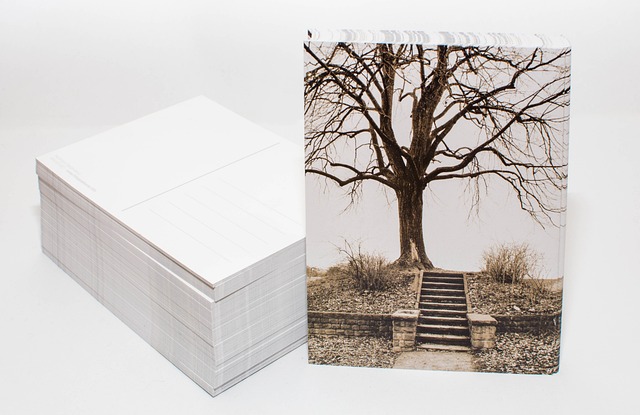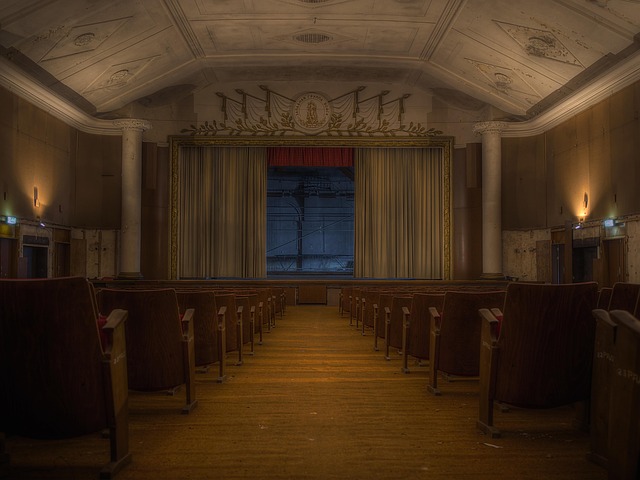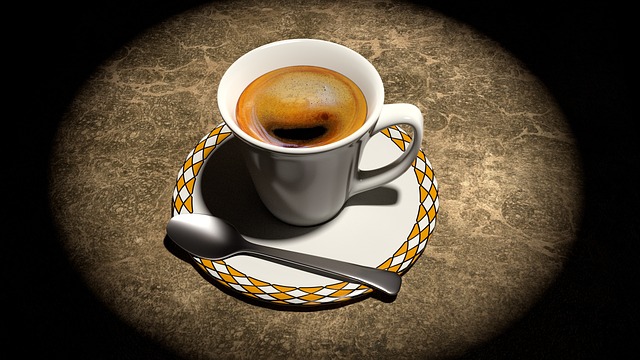
Exploring the Fine Art of Printed Photos: A Cultural Perspective
Exploring the Fine Art of Printed Photos: A Cultural Perspective
The world of photography often invites us to examine our environment through a unique lens, capturing fleeting moments and emotions. While digital photography has revolutionized how we take and share images, the enduring charm of a printed photo continues to resonate deeply within the realms of fine arts and culture. In an age dominated by screens, printed photographs offer a tactile and intimate experience, reminding us of the materiality of art.
Historically, the transition from painting to photography was met with skepticism. Many doubted whether camera images could be considered fine art. Yet, over the years, as photographers began to experiment with composition, lighting, and perspective, the printed photo emerged as a legitimate art form. Esteemed artists such as Ansel Adams, Cindy Sherman, and Robert Mapplethorpe have elevated photography to the status of fine arts, demonstrating its potential for profound cultural commentary.
Printed photos serve not only as a means of artistic expression but also as a reflection of our collective culture. They encapsulate moments in history, celebrate diversity, and evoke feelings that resonate across time and space. Take, for example, the haunting images of the Great Depression captured by Dorothea Lange. Her iconic work not only highlighted individual suffering but also reshaped public perception of social issues, making the printed image a powerful vehicle for cultural awareness.
Moreover, the act of printing a photograph transforms it into a tangible artifact, inviting viewers to engage with it on a more personal level. The textures, colors, and even the smell of the ink can evoke emotions that a digital image may not fully capture. This sensory experience is a hallmark of fine arts, where the weight of a brushstroke or the depth of a sculpture conveys a narrative that transcends mere representation.
In contemporary culture, we find that the rise of social media has fostered an Instagram-driven aesthetic where snapshots are often shared without the depth of consideration typically associated with fine art. However, this has also sparked a resurgence in the appreciation for quality prints. Many photographers are now curating their own work in limited editions, emphasizing the artistry behind each print. From gallery exhibitions to personal collections, the printed photo is being celebrated in ways that echo traditional fine arts.
The significance of printed photos extends into the emotional realm as well. They capture memories, celebrate milestones, and serve as a window into our personal histories. A family portrait displayed prominently in a living room or an old travel photo tucked into a journal carries narratives that digital files often do not. This emotional connection is what bridges the gap between the fine arts and the personal experiences of individuals, enriching our lives through shared stories and memories.
Ultimately, exploring the fine art of printed photos is not just about aesthetics; it’s about understanding the profound impact photography holds within our cultural milieu. The intersection of fine arts, culture, and personal storytelling creates a vibrant tapestry where each printed photo contributes to an ongoing dialogue about who we are and how we express that identity. As we look forward to the future of photography, let us cherish those printed images that continue to speak to us, reminding us of our shared humanity.



